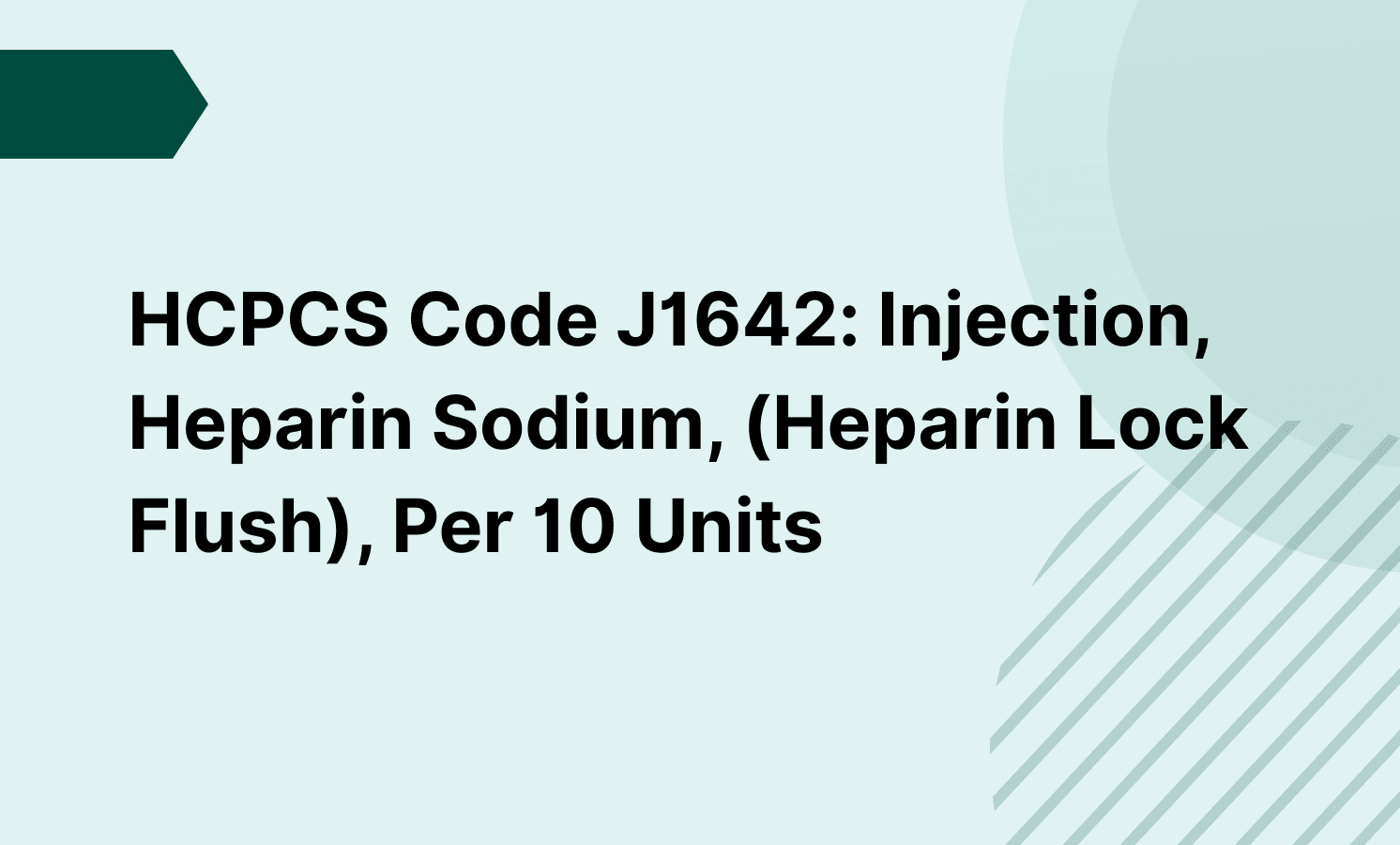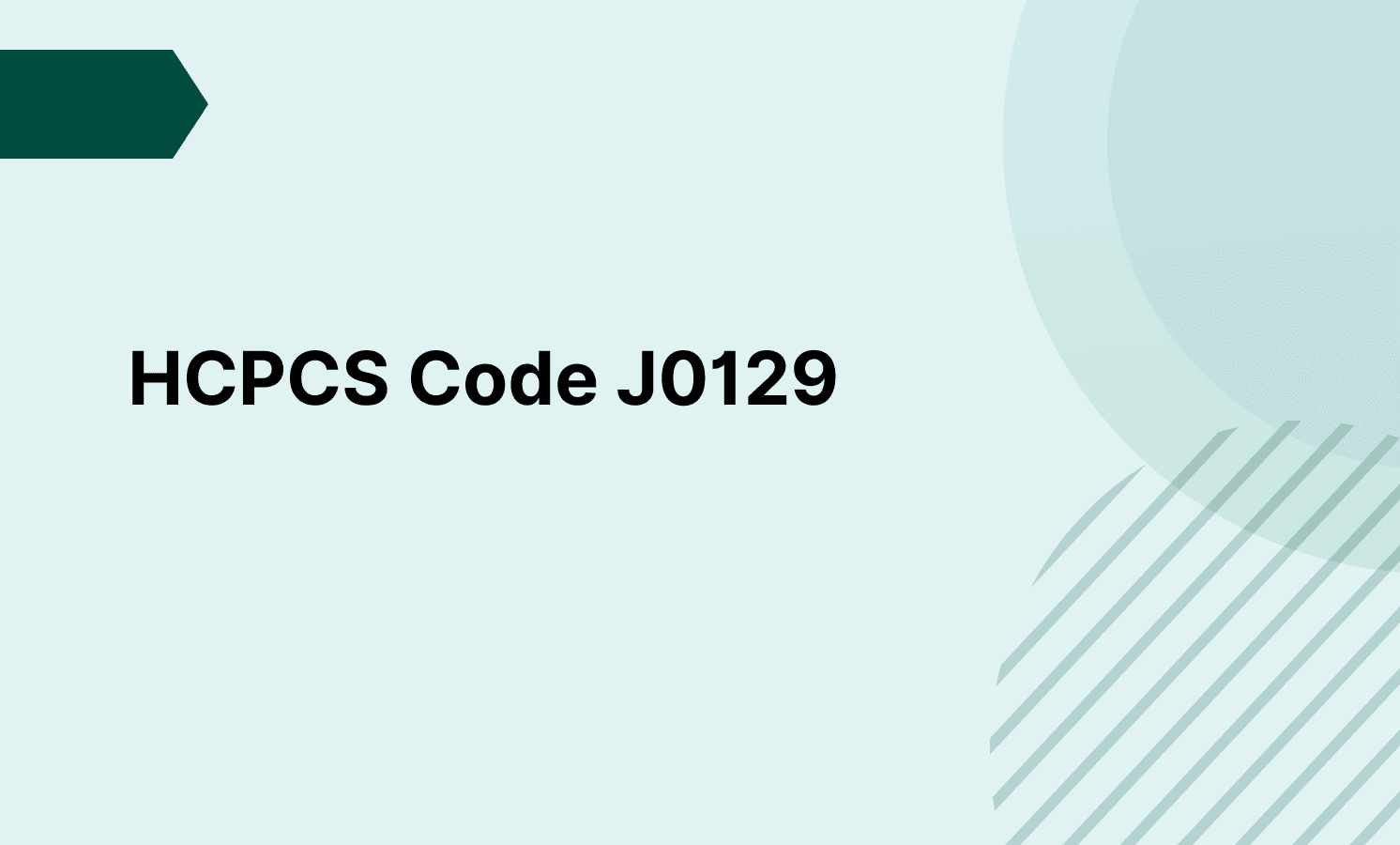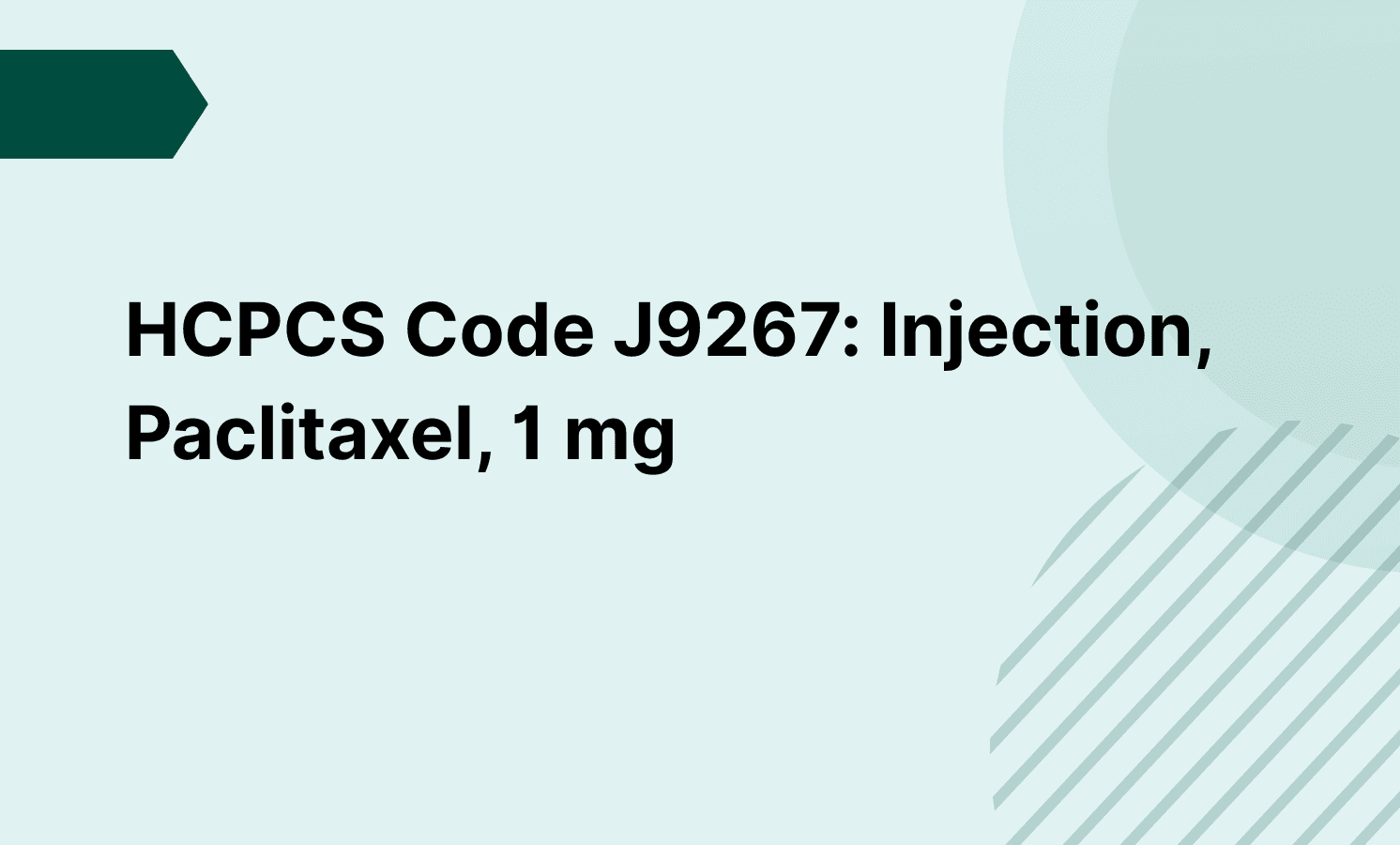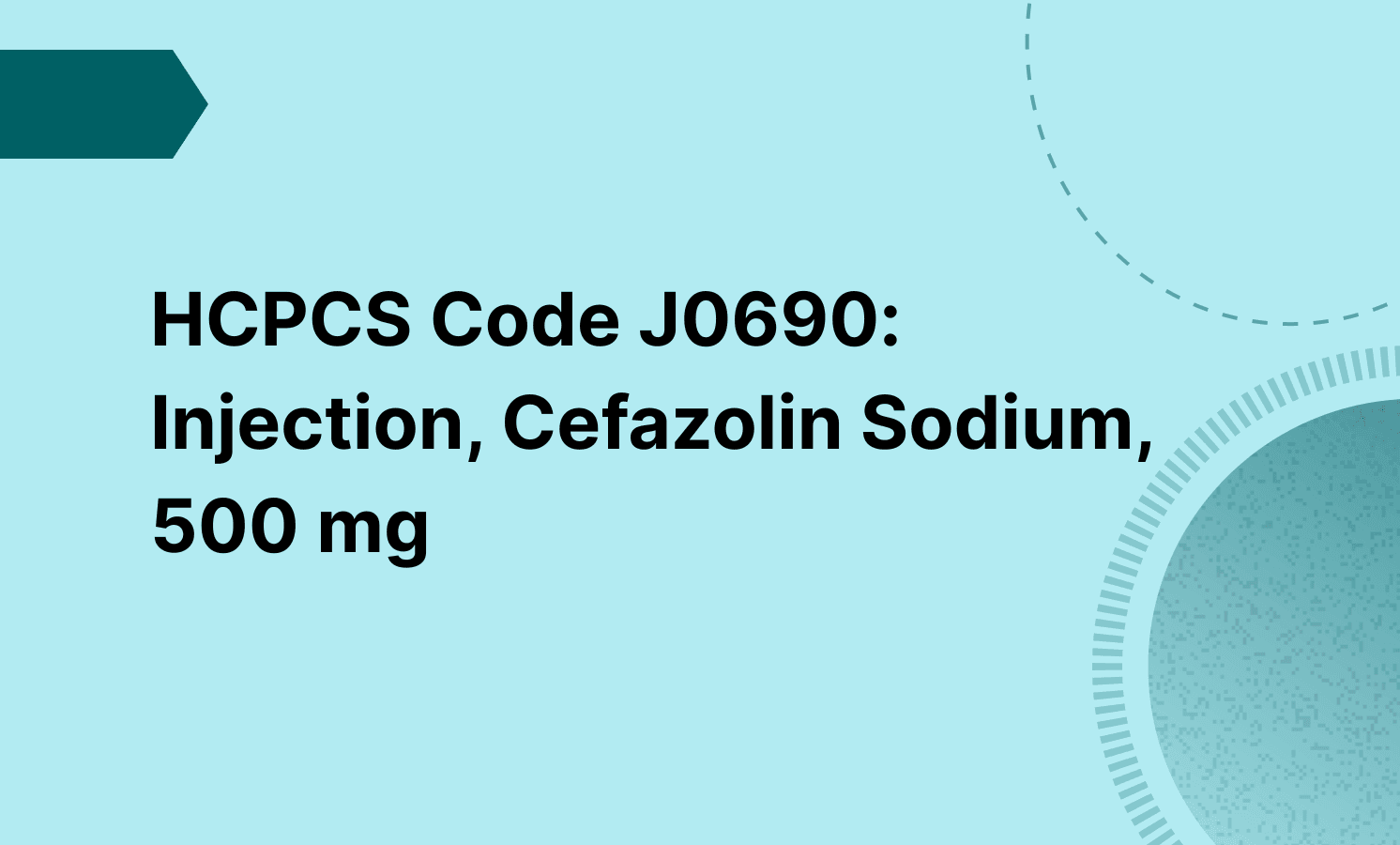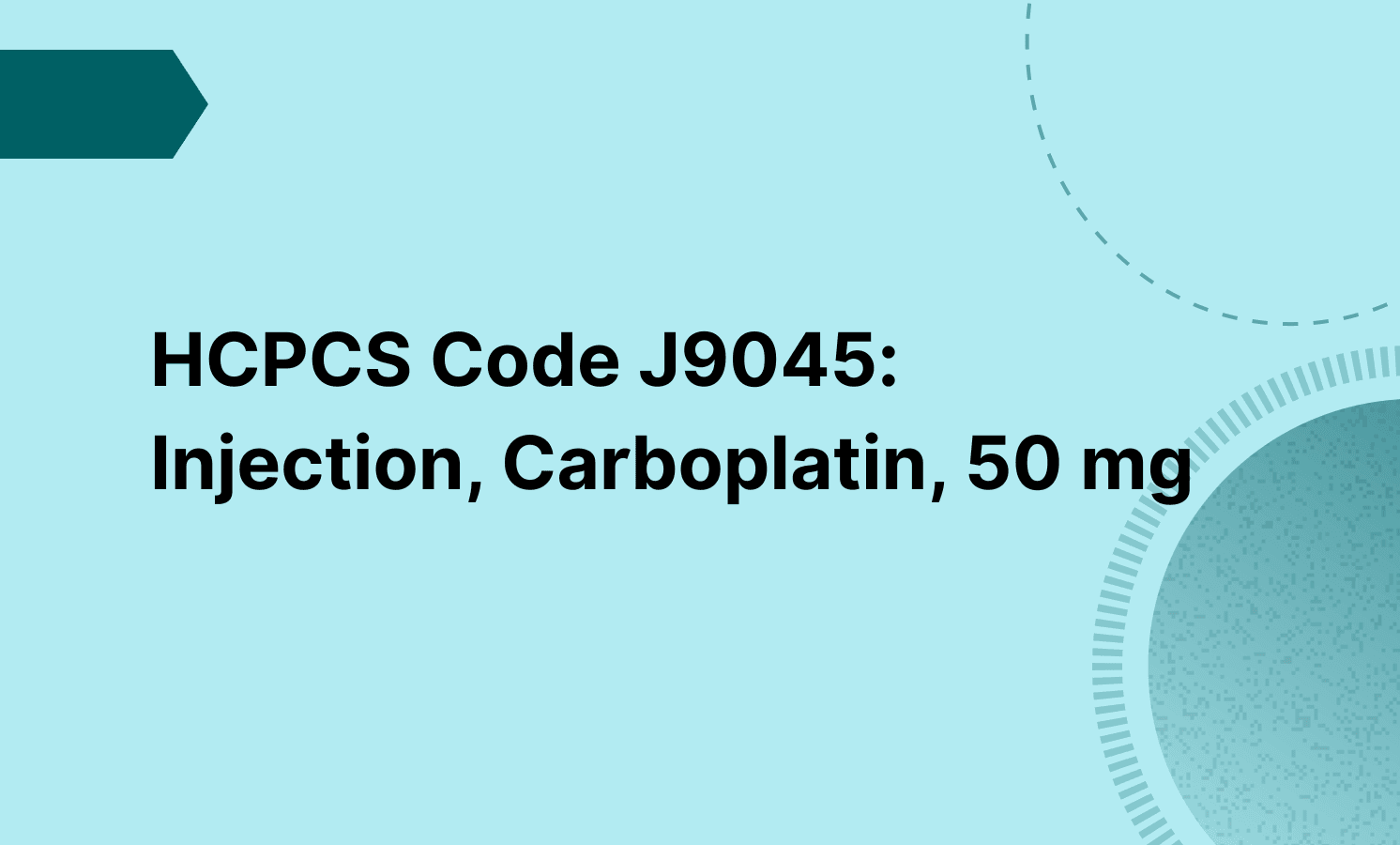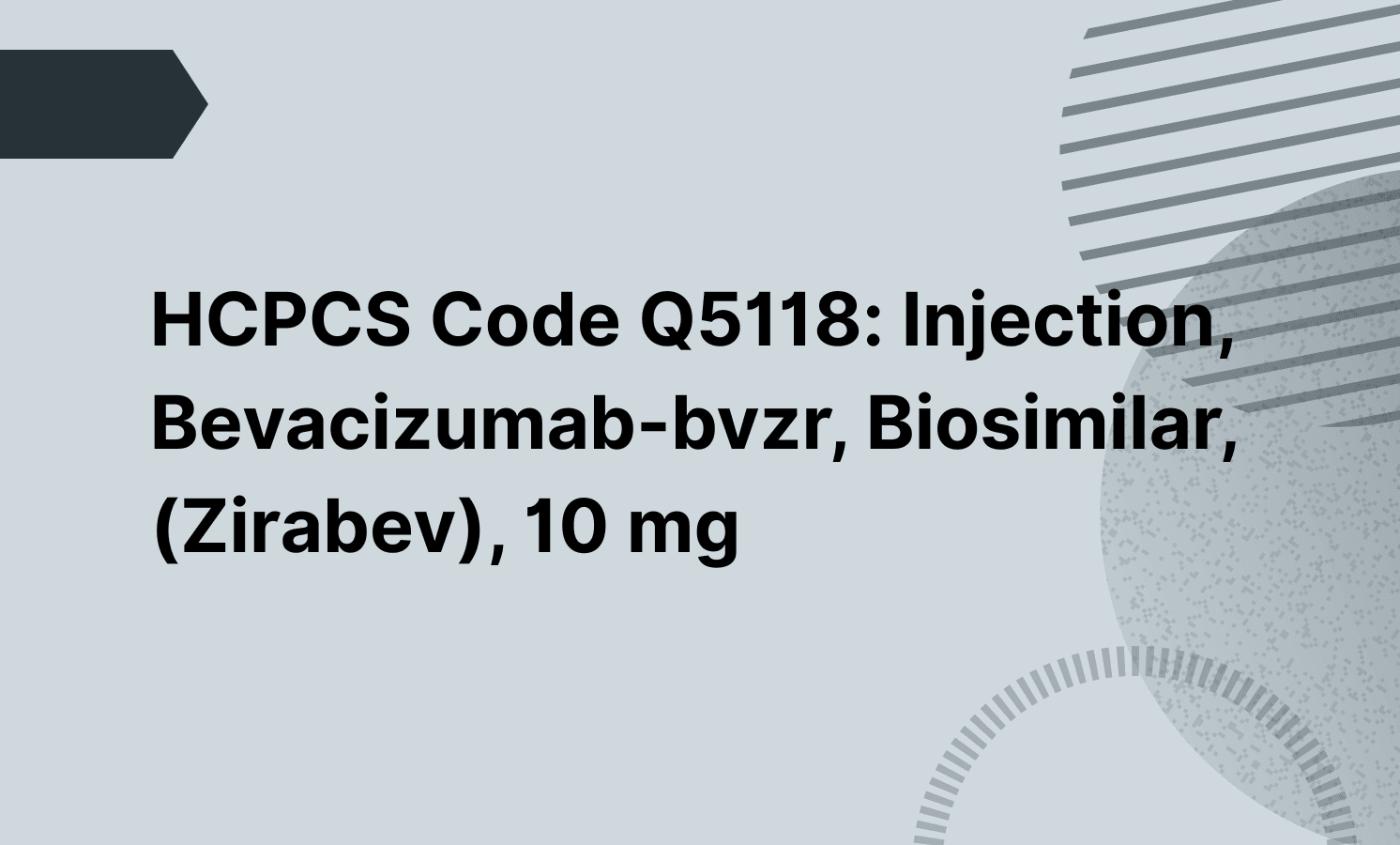The CPT code for a whole-body PET scan is typically 78816. This code is used for PET imaging that includes the entire body, often performed in conjunction with a CT scan for detailed anatomical and metabolic assessment. Depending on the specific clinical context and equipment, CPT codes 78813 or 78815 may also be used for similar whole-body PET procedures, but 78816 is the most commonly referenced for a full whole-body PET/CT scan.
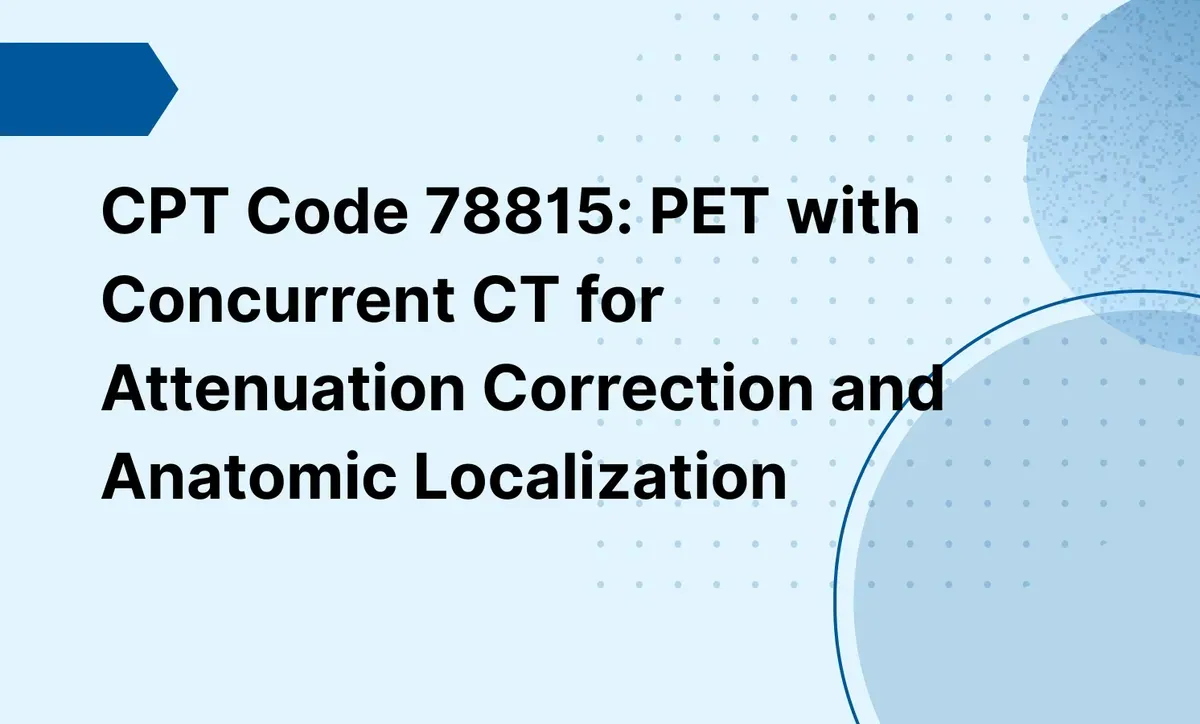
CPT Code 78815: PET with Concurrent CT for Attenuation Correction and Anatomic Localization
Learn more about CPT code 78815, including reimbursement guidelines to optimize coding practices.
Frequently asked questions
The CPT codes for cardiac PET scans are 78459, 78491, and 78492. Code 78459 is used for a metabolic (viability) exam, 78491 is for a single-study myocardial perfusion PET (either rest or stress), and 78492 is for multiple studies at rest and stress. These codes include ventricular wall motion and/or ejection fraction if performed. If the PET scan is performed with a concurrently acquired CT for attenuation correction and anatomic localization, codes 78429, 78430, or 78431 may be used, depending on the specifics of the procedure.
Common modifiers for PET scans include HCPCS modifiers PI (PET tumor initial treatment strategy) and PS (PET tumor subsequent treatment strategy), which are required for CPT codes 78608 and 78811–78816 when the scan is related to cancer. Additionally, CPT modifiers such as 26 (professional component), TC (technical component), 59 (distinct procedural service), 76 (repeat procedure by same physician), 77 (repeat procedure by another physician), 52 (reduced services), and 53 (discontinued procedure) may be used depending on the specifics of the service provided and payer guidelines. Proper use of these modifiers ensures accurate billing and compliance with insurance requirements.
EHR and practice management software
Get started for free
*No credit card required
Free
$0/usd
Unlimited clients
Telehealth
1GB of storage
Client portal text
Automated billing and online payments

